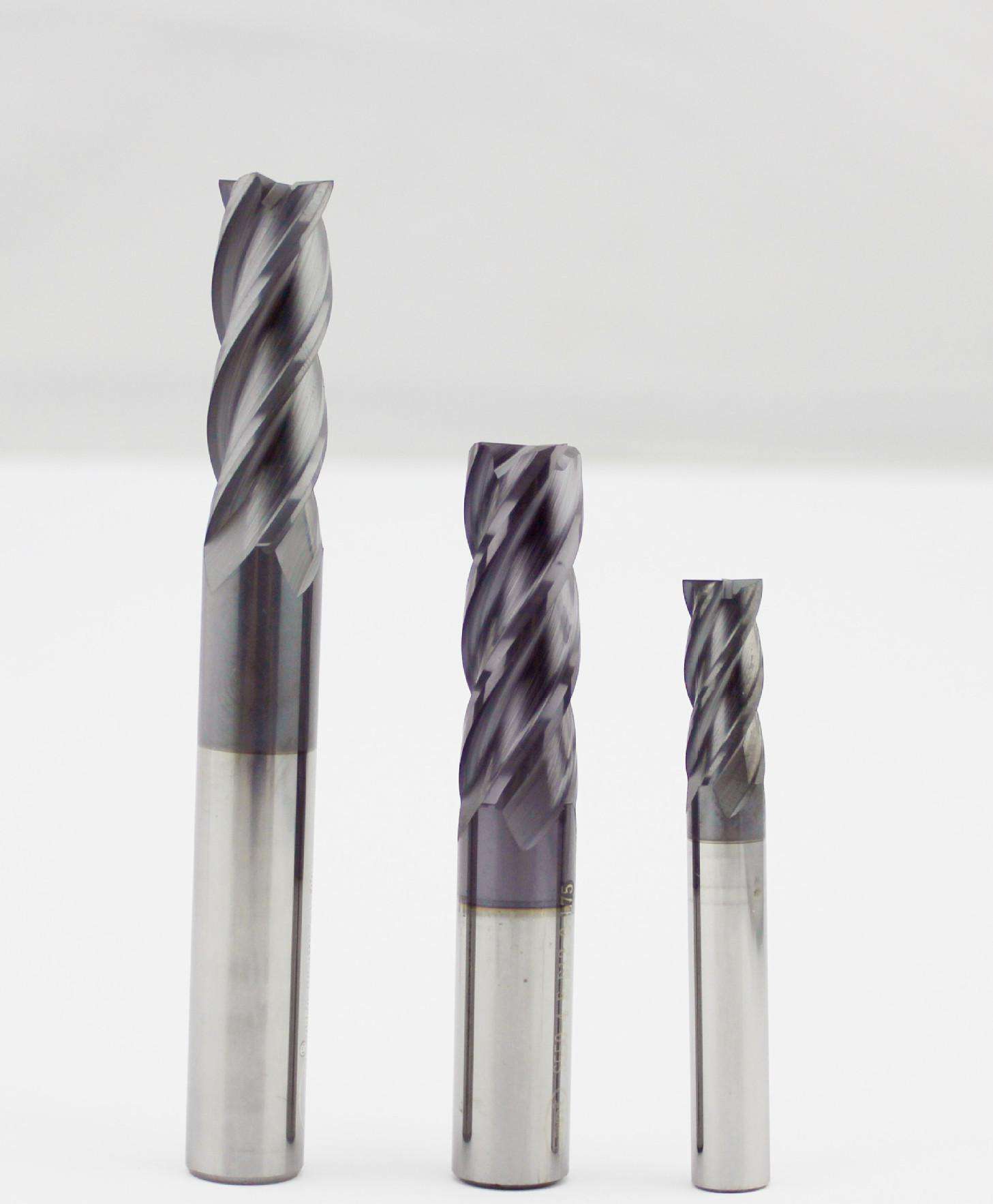What are the coatings of NC tools? What's the difference?
The commonly used coating materials include carbide, nitride, carbonitride, oxide, boride, silicide, diamond and composite coating. According to the characteristics of chemical bond, these coating materials can be divided into metal bond type, covalent bond type and ionic bond type.
· properties of coating materials
Metal bond coating materials (such as TiB2, tic, tin, VC, WC, etc.) are common coating materials with high melting point, low brittleness, high interfacial bonding strength, strong interaction trend, good multilayer matching, and good inductive properties. Covalently bonded coating materials (such as B4C, SiC, BN, diamond, etc.) have high hardness, low coefficient of thermal expansion, poor bonding strength with substrate interface, poor stability and multilayer matching. However, the ionic bond materials have good chemical stability, high brittleness, high coefficient of thermal expansion, low melting point and low hardness.
Among these coatings, tic, tin, Al2O3, diamond and composite coatings are mostly used.

Features
TIC has good wear resistance, which can effectively improve the ability of tool to resist crescent pit wear, and is suitable for low-speed cutting and severe wear occasions; tin coating has low friction coefficient, good smooth performance, can reduce cutting heat and cutting force, and is suitable for cutting with fusion and wear; high temperature wear resistance, heat resistance and oxidation resistance of Al2O3 are better than tic and tin, and the wear rate of crescent crater is low Diamond coating is suitable for high-speed and large-scale cutting hot cutting; diamond coating has high hardness and thermal conductivity and low friction coefficient, which is suitable for high-speed cutting of non-ferrous alloy; while composite coating summarizes the characteristics of several coating materials, and now the combination of double coating and three coating is the majority.
Expand all
Each company's tool coating formula is different, and there are many kinds! Different coating functional characteristics are different!
Source: Zhongshan CNC tool http://yaoclub.cn
-
10-12
What are the causes of chip accretion on NC tools?
The reason is that the chip bottom metal is embedded in the micro uneven peak valley on the front cutter surface due to the large down pressure in the part close to the cutting edge, forming a gap free metal to metal touch, which is called the bonding area. In the bonding zone, there will be a thin layer of metal data accumulated on the rake face at the bottom of the chip. The metal data of this part of the chip is severely deformed and strengthened at the appropriate cutting temperature. With t
-
10-12
What are the wear types of tungsten steel milling cutters?
Abrasive wear machining materials often have some very hard particles, these particles will form grooves on the surface of the tool, which is the grinding loss. All surfaces are worn, especially the rake face. In addition, although the wear of hemp occurs at various cutting speeds, the wear caused by other reasons is not obvious due to the low cutting temperature at low cutting speed, so it is mainly the abrasion of abrasive materials. The lower the tool hardness is, the more serious the grindin